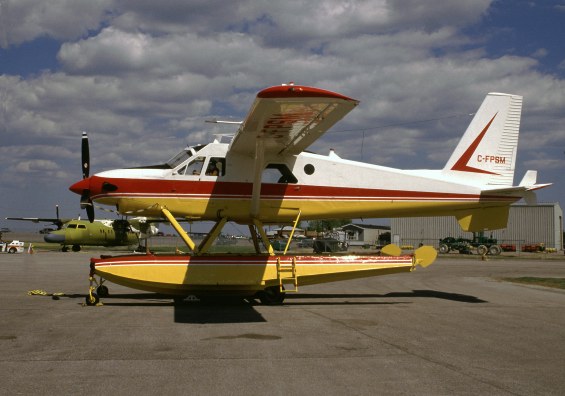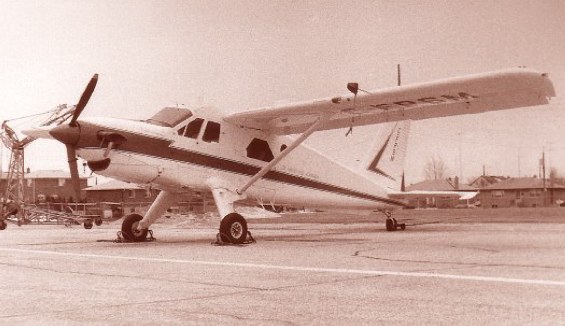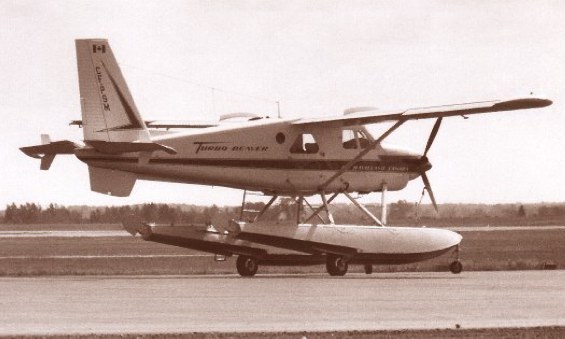|
1525TB1
|
|
|
CF-PSM-X restored at Bush Heritage Museum.
|
|
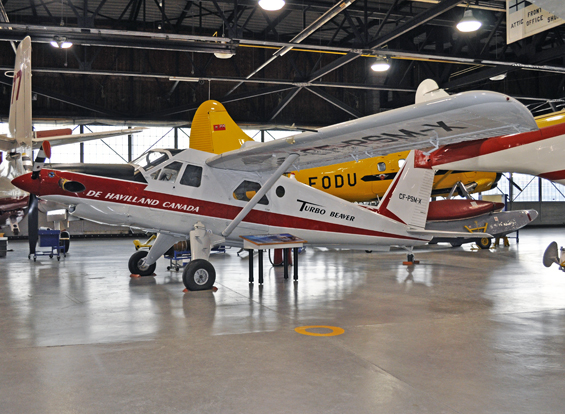 |
|
|
Photo: Kenneth I. Swartz © 07 October 2014
|
|
|
C-FPSM at Downsview in a snappy colour scheme.
|
|
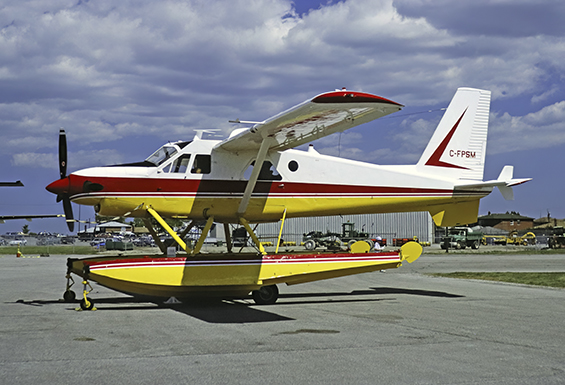 |
|
|
Photo: Sheldon D. Benner © June 1988 - Michael J. Ody Collection - Aird Archives
|
|
|
Photo: Kenneth I. Swartz © June 1988
|
|
|
C-FPSM at Toronto - CYYZ.
|
|
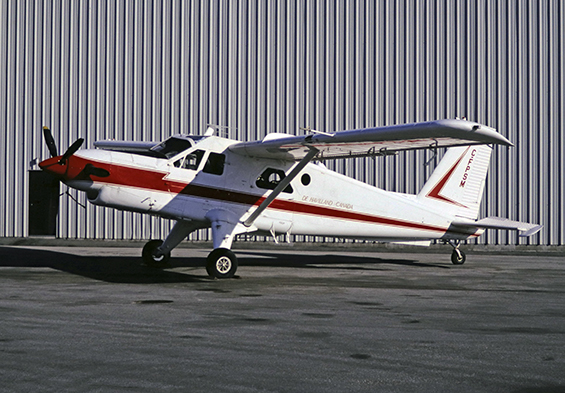 |
|
|
Photo: Sheldon D. Benner © June 1988 - Michael J. Ody Collection - Aird Archives
|
|
|
C-FPSM at Downsview - CYZD, Ontario.
|
|
|
Photo: Neil Aird © March 1979
|
|
|
CF-PSM at Ottawa / Uplands - CYOW, Ontario.
|
|
|
Photo: Neil Aird ©
|
|
|
CF-PSM-X at Toronto Island Airport - CYTZ.
|
|
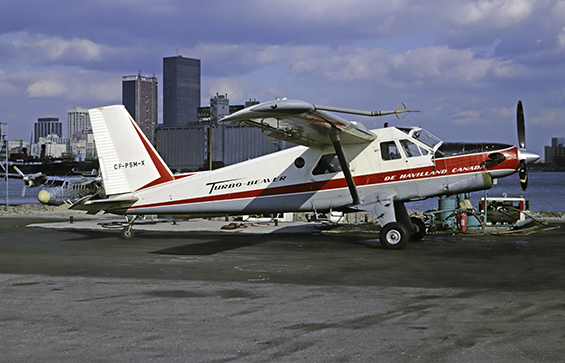 |
|
|
Photo: Sheldon D. Benner © November 1968 - Michael J. Ody Collection - Aird Archives
|
|
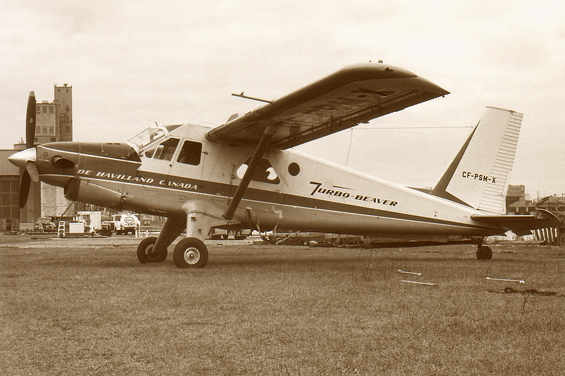 |
|
|
Photo: William Haines Collection © November 1968 - Aird Archives
|
|
|
CF-PSM-X on her amphib gear.
|
|
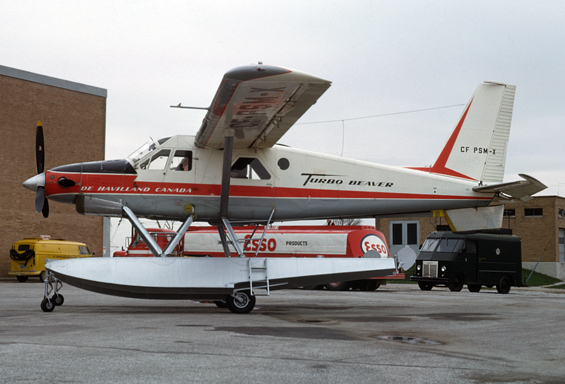 |
|
|
Photo: Sheldon D. Benner © 04 May 1967 - Michael J. Ody Collection
|
|
|
CF-PSM-X moored in Toronto Harbour.
|
|
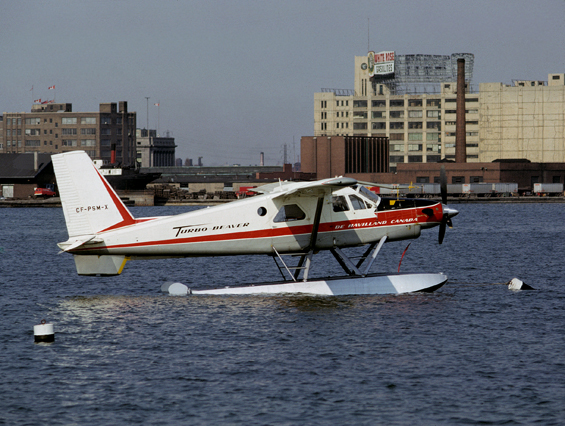 |
|
|
Test equipment affixed to wing.
|
|
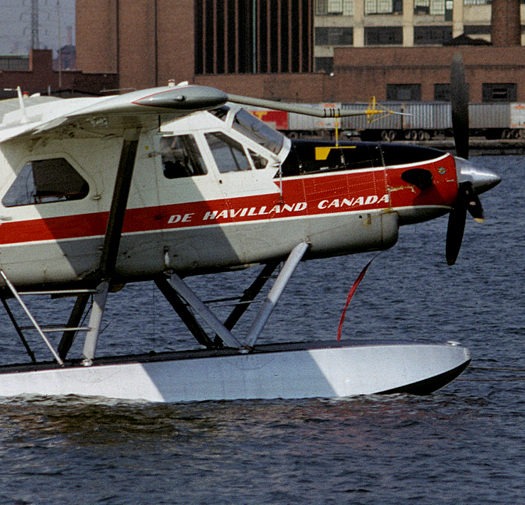 |
|
|
Photo: Sheldon D. Benner © April 1966 - Ruben Husberg Collection
|
|
|
CF-PSM-X at Downsview - CYZD.
|
|
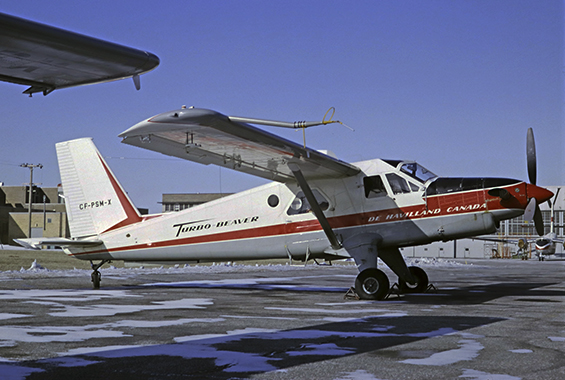 |
|
|
Photo: Sheldon D. Benner © 02 April 1965 Michael J. Ody Collection - Aird Archives
|
|
|
CF-PSM-X with experimental tail, at Downsview - CYZD.
|
|
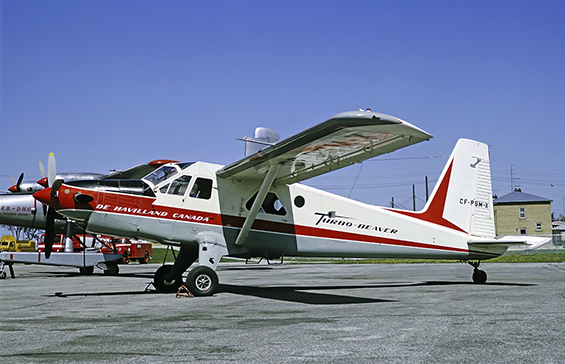 |
|
|
Photo: Sheldon D. Benner © 20 May 1964 - Aird Archives
|
|
|
